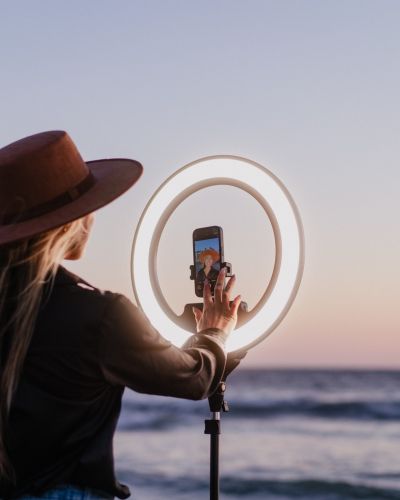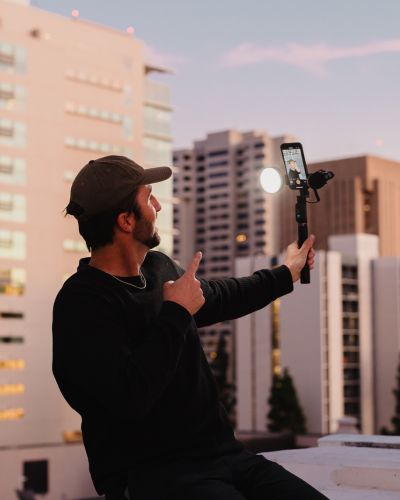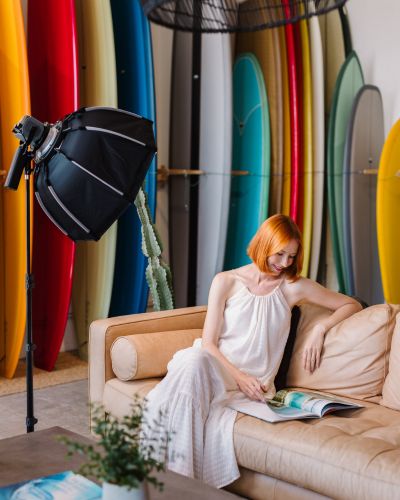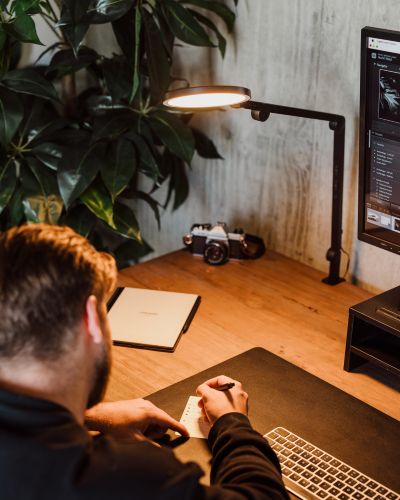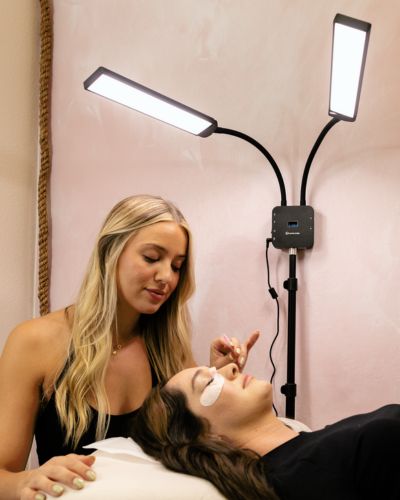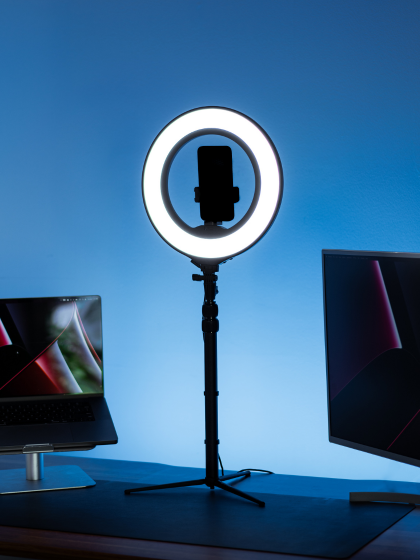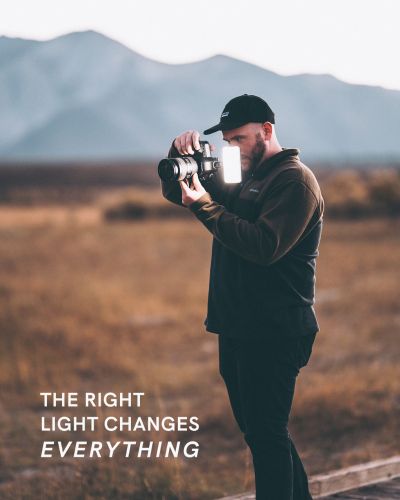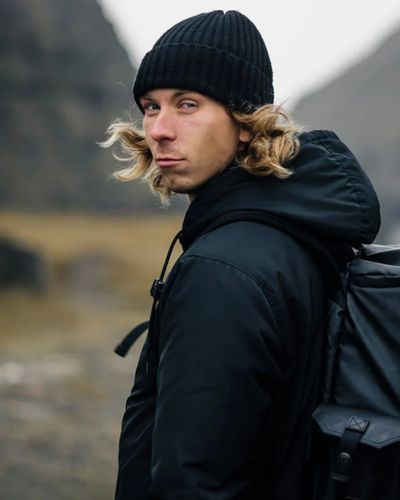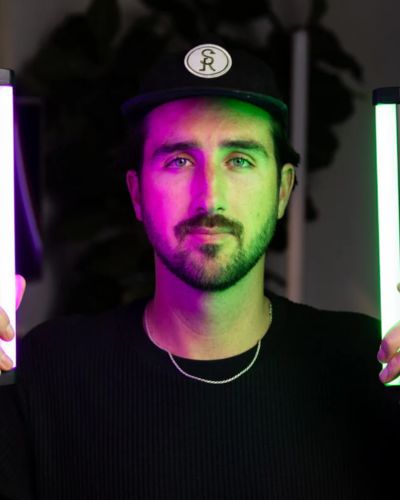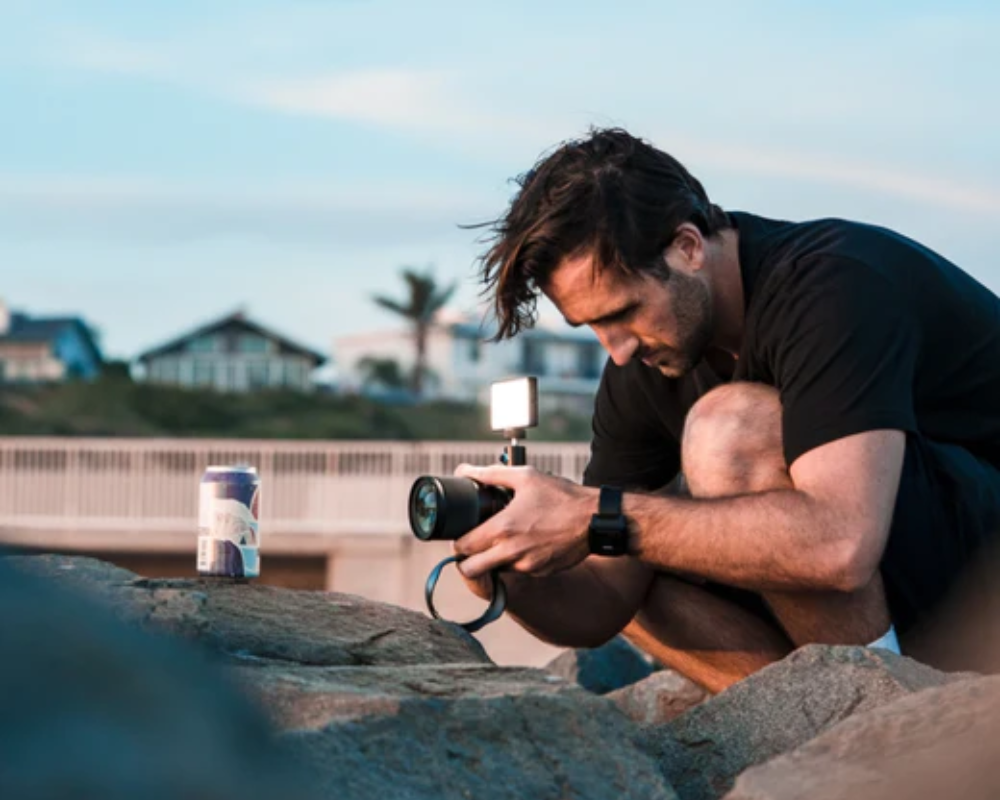
Photo by: Nick Gruen
Not only are the photos that these creators take incredible, but they have the ability to make humans find a deeper appreciation for the ocean. These photographers enable people who are near and far from the coast to get a unique look into the sea. Their photographs capture moments underwater that only a minority will experience for themselves. Their photographs also allow us to see creatures that we may never see in our lifetime. We get digital front row seats to a whole other ecosystem because of these photographers.
It is easy to recognize that taking these photos take a massive amount of skill and there are tons of different environmental factors at play. Not to mention the lighting underwater can be incredibly difficult.

Photo by: Gruet Florian
Here are our list of ocean-loving creators that we interviewed for World Oceans Day:
- Warren Keelan (@warrenkeelan)
- Nick Gruen (@mr_gru)
- Gruet Florian (@gruet.florian)
- Cam & Kayleigh Grant (@camgrantphotography and @mermaid_kayleigh)
Be sure to follow them all on Instagram!
I asked these creators a multitude of questions in regards to their gear essentials, challenges, inspirations, and more.

Photo by: Nick Gruen
What are your top 3 underwater photography gear essentials?
C + K: Canon 5D IV + 16-35 f2.8L II lens, Nauticam Housing + Ports, and Lume Cube lights.
NG: A wide-angle lens with low aperture capabilities (f4 just don't cut it for me), a dive housing that's rated for depth and reliable (I use Salty Surf housings which are perfect for small cameras), and a compact sized light to help restore color and light that starts to disappear as you dive deeper. Fingers crossed on a Lume Cube Panel that's waterproof. For now, the Lume Cube 2.0 works great!
GF: Fins, my neoprene top, and a knife. (You don't know what you can meet underwater and I'm not talking about animals, but nets and ropes.)
WK: An Aquatech water housing, a dive mask and fins, and optionally some kind of artificial lighting like flash units, strobes or Lume Cubes!


Photos by: Warren Keelan
Top 3 tips for someone that is just getting started in underwater photography?
C + K: Dive! Dive! Dive! Understanding the dynamics of underwater photography took me years to grasp. If I had one piece of advice to entry level underwater photographers it would be to reach out within the community and seek advice.
NG: Be safe. Know your limits. And don't cheat yourself out of the proper, required gear. I'm not just talking about camera equipment or lighting. I'm talking about your fins and mask too!
GF: Be confident and know your limits. Avoid water drops on the lens when you shoot above the water, spit on the lens, it works! And always verify your water housing is closed, 3 times before you go into the water.
WK: Observe light and how it behaves under water. Experiment with different depths and perspectives. Know your limits and respect the ocean.


Photos by: Nick Gruen
Most challenging part of the process? Most rewarding?
C + K: The search! Many images I have shared have been accomplished through countless hours at sea. Although the search aspect with wildlife can become quite tiring, it's become my favorite part of being a wildlife photographer. Those few minutes or even seconds spent interacting with such beautiful animals continues to outweigh all those hours spent salty and sunburned.
NG: It's always a challenge to deal with murky water or even clouds overhead. The most rewarding part is after you've put in all the work to get out to the location for shooting and score epic clarity and lighting.
GF: The most challenging part is dealing with light underwater, it is always changing! Most rewarding part is when you're done and you get a great shot on camera, without processing. When light, clarity, and focus were perfect.
WK: Light behaves much differently below the surface, and there's always much less of it to work with compared to that of the above world. Most rewarding part would be capturing a perspective that I haven't seen. The angle of a moving vortex and the way it reacts to the above light.



Photos by: Cam & Kayleigh Grant
What is the most important part to capturing an underwater photo?
C + K: Personally, the most important part in underwater photography would have to be the effort associated with being present. Understanding the camera settings and having the ability to adapt to drastic light changes at depth comes in second.
NG: Lighting and color contrast are two of the most important things to me that I am in control of. The color of the clothing or animal can also make or break an image. The same goes for lighting up your subject or using natural light which is so pretty.
GF: The most important thing for me is the time of day because depending on the position of the sun or the light (ex: clouds are present) you can have different results.



Photos by: Warren Keelan
What inspires you to keep shooting? How do you like to celebrate World Oceans Day?
C + K: I'm inspired by the animals - Every dive and interaction is completely different and that aspect keeps me coming back for more. Utilizing a tool such as photography on more of a conservation level has been the brightest light in our lives!
NG: I don't limit to just one day, but I celebrate the ocean everyday by trying to take care of her and make sure I do my part to keep her clean. I think it's important for all of us who take advantage of the ocean's beauty to give back and show true aloha. I also dive with plenty of extra storage for any plastic or rubbish I find.
GF: I am really inspired by the water structures and motion blur, above and below the surface. There is always a new thing to do!
WK: The ocean connects us all. It's a vast living element that creates and sustains life. I love the ocean and have a deep respect for it and it's many inhabitants. It's fascination that inspires me to seek new ways to interpret and translate its many wonders. I celebrate World Oceans Day every day!

Photo by: Gruet Florian
World Oceans Day is all about celebrating and honoring our ocean. These photographers enable us to appreciate the ocean from what they create and can spark something in us to want to preserve what they have shown us. This day is an annual reminder to do our best as one, big community to protect it. With that said, an organization that is doing their part to conserve the ocean that connects us all, is The Ocean Cleanup. We wanted to quickly highlight this non-profit organization for all that they do. Throughout the years, there has been a drastic increase in plastic entering the ocean from rivers. The Ocean Cleanup saw a problem that was not going to go away on its own. This non profit has and continues to develop advanced technologies to decrease the millions of tons of plastic that resides across the globe in our oceans. If you want to learn more about this organization, click here.

